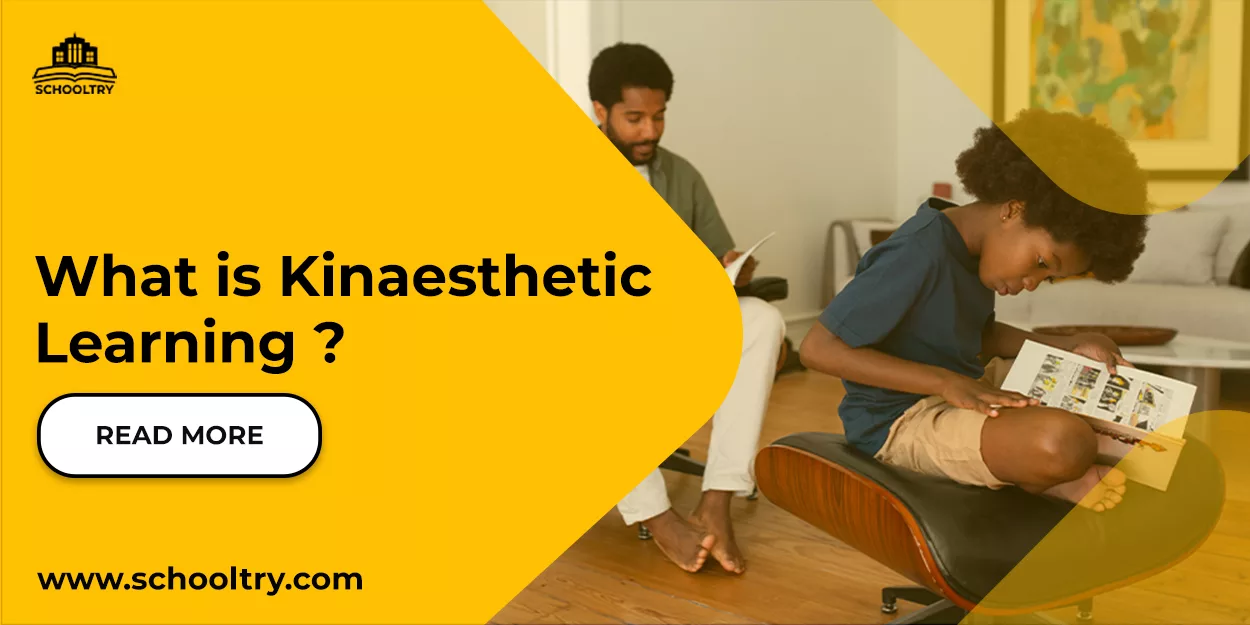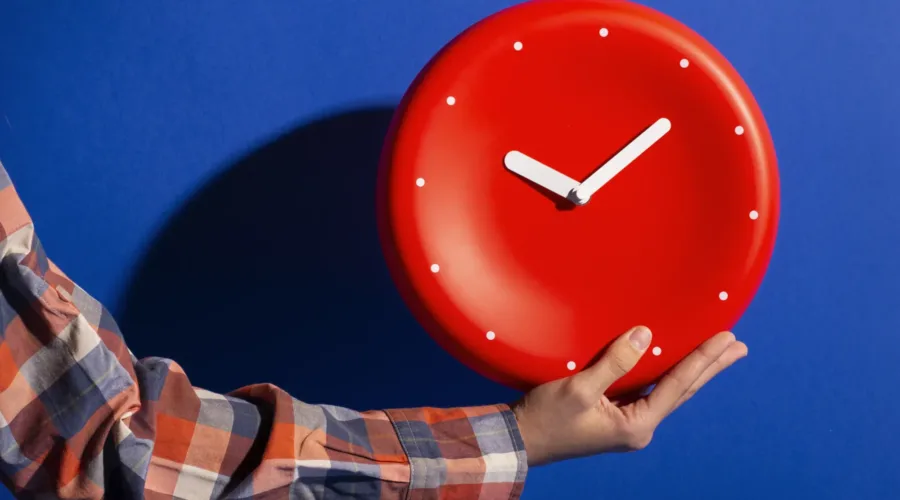What is kinesthetic learning? Learning has manifested in various forms over time, such as blended learning, hybrid learning, and others. However, this article aims at explaining another form of learning known as ‘Kinesthetic Learning’, it’s meaning, history and importance.
let’s begin,
What is Kinesthetic Learning?
Kinesthetic learning is a type of learning in which the key component of learning is the physical activity. Learning is simply done by ensuring there is a physical activity like learning by touching something or doing something but the key point and center of attention is physical activity must be done to learn.
History of Kinesthetic Learning
Originally combined with tactile skills, kinesthetic intelligence was described and explored in Howard Gardner’s 1983 book Frames of Mind: The Theory of Multiple Intelligences. Gardner’s work highlights the high level of kinesthetic intelligence needed for tasks like dancing and surgery, which involve utilizing the body to produce or accomplish an action.
In the 1940s, Margaret H. Doubler wrote and spoke on kinesthetic learning, characterizing it as the body’s capacity for self-expression via dance and movement. Viktor Lowenfeld coined the phrase in his Creative and Mental Growth textbook for art educators.
Importance of Kinesthetic Learning
1 .Enhanced social skills:
2. Problem solving:
3. Creativity:
4. Cognitive skills:
5. Participation:
Conclusion
Kinesthetic learning is said to help students recover faster and retain information because of the physical activity. However, It is important for every students to understand the learning style that suits them and use that to study hard.
Are you a school owner or administrator in need of a web solution like SchoolTry to automate, digitize, or transform your school work? Click on this link to register for free and see how it works.




